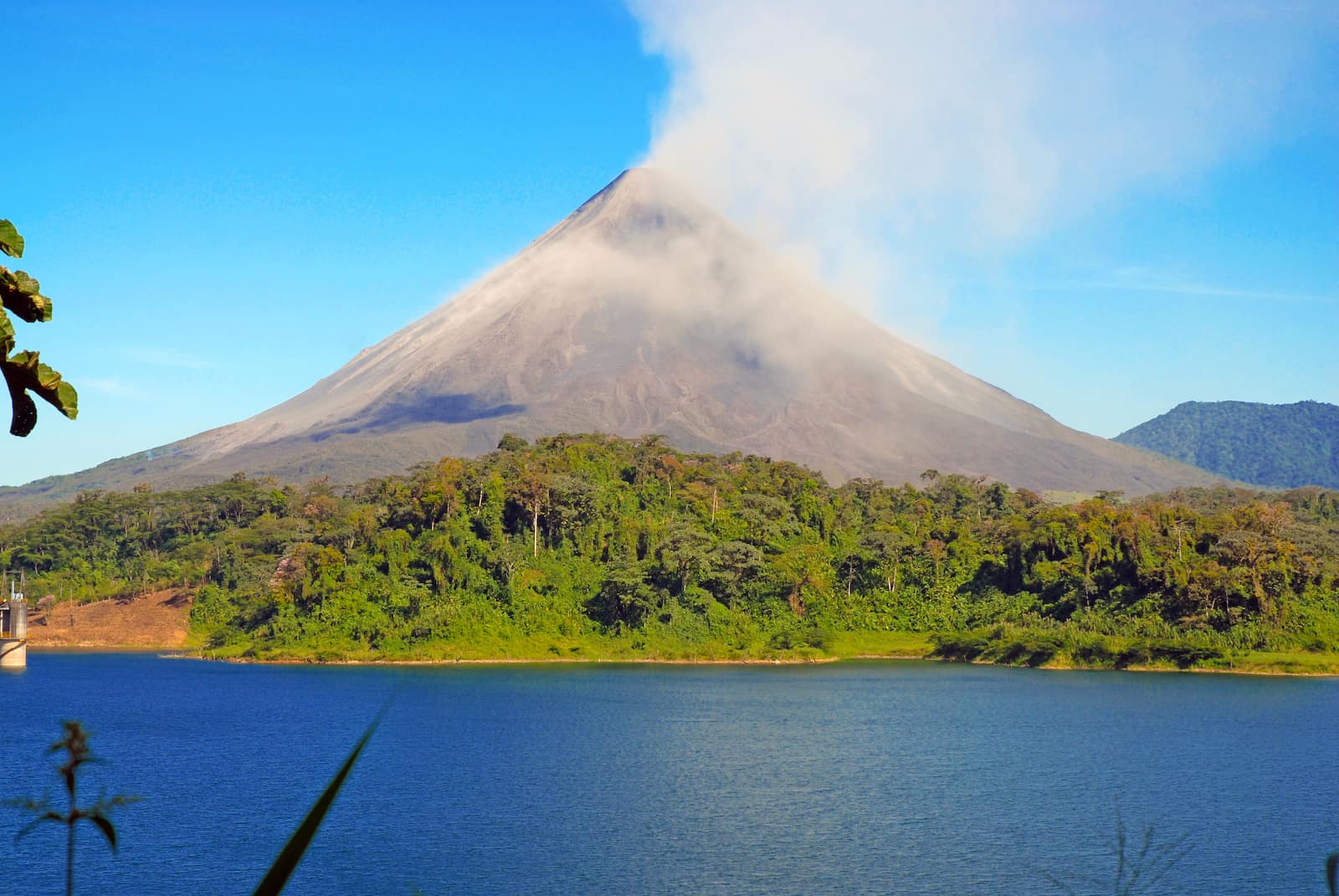All You Need to Know About Costa Rican Coffee
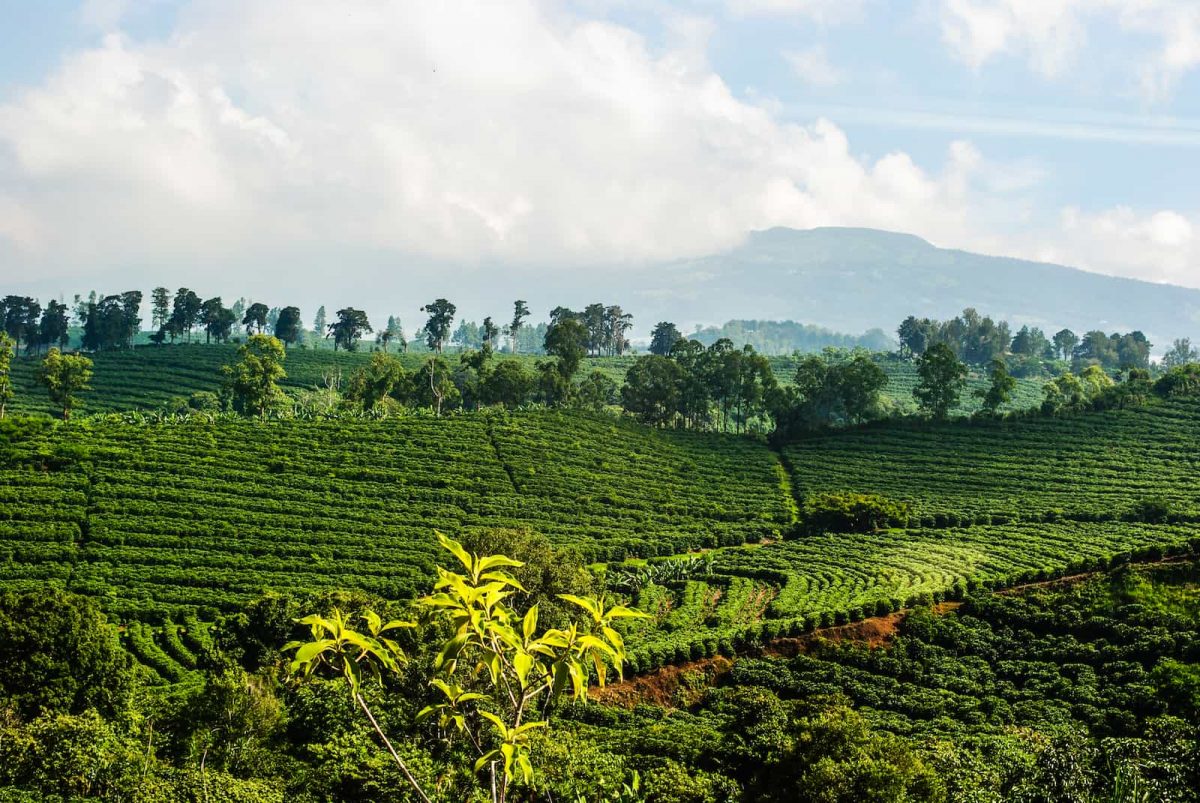
In countries where coffee is a major export, it often plays a huge role in their development as a nation and their economy as a whole, and Costa Rica is no exception.
We’re going to be discussing what makes Costa Rican coffee unique from a coffee drinker’s point of view, offering up some tasting notes and suggestions on how to best enjoy it, going over some of the historical moments that helped shape coffee culture in Costa Rica, and discussing certain negative impacts that the industry has had on the environment and the steps that have been taken to mitigate the damage.
What Makes Costa Rican Coffee Unique
We’ve explored coffee from all around the world, as any coffee lover should. Hold your cup steady, because now it’s time to pour a cup of Costa Rica.
Growing Conditions
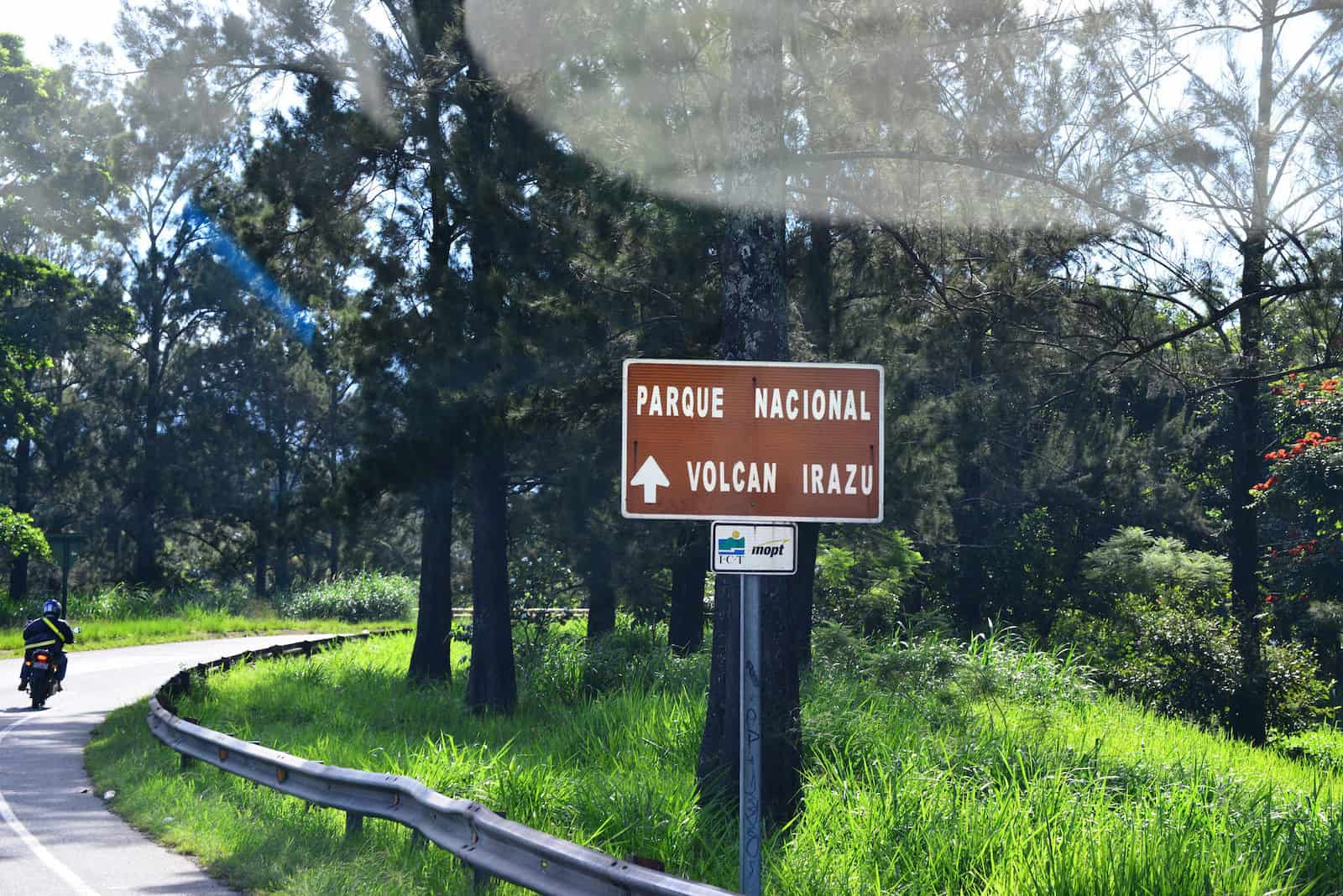
The soil and the climate in Costa Rica are perfectly suited for coffee plantations, and the government took advantage of this by encouraging people to grow coffee in a variety of ways, including giving them plants and tax breaks. It was a way for farmers to rise out of poverty.
The volcanic soils are rich and fertile. The cold mountains and the right amount of shade make this an ideal place for coffee cultivation. When the early Costa Rican coffee farmers planted their first seeds, they probably had no idea it would go on to fuel the rise of this small former Spanish colony.
The elevation can range from 600m to just over double that amount, depending on which of the 8 regions you’re in. We’ll be exploring each of the eight unique regions that Costa Rica has to offer. One of the key traits is that there’s a ton of diversity and variety in what you can expect, depending on which region that it is from.
Thoughts on Flavor
In the past, Costa Rica had a reputation that their coffee was a bit too much on the mild side, boring, or even called plain. It has been described as “classic”, which isn’t a bad thing, but for people looking for a very unique and strong-flavored brew, it may not have been the first choice.
This reputation is in the past, as many farmers have expanded greatly on the original flavors one may have found in Costa Rica historically.
How the Beans are Processed
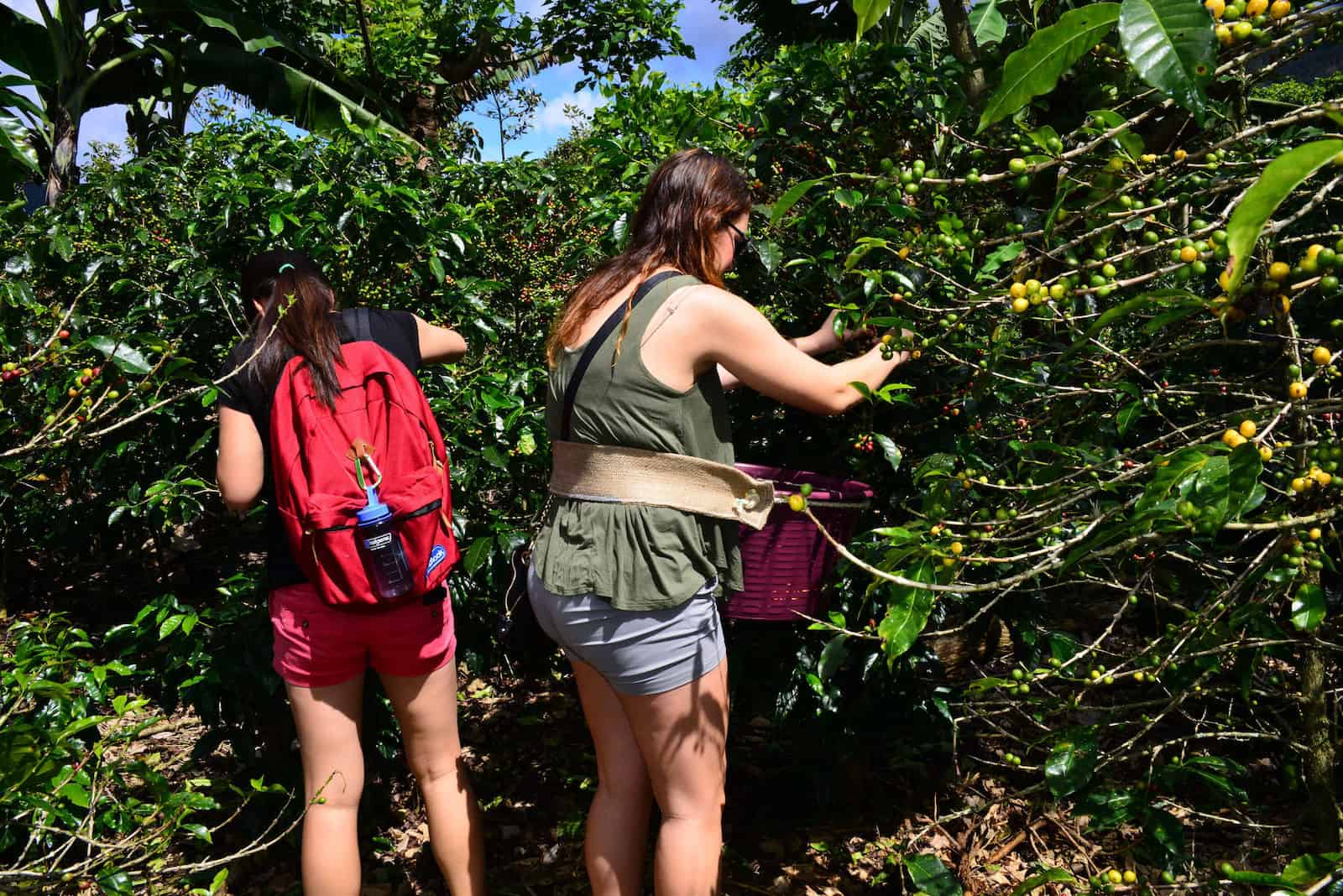
The seasonal harvests have workers filling baskets of fresh coffee beans which are processed in processing plants. The beans are washed in water, which removes the pulp. There’s also a dry-processing method where the fruit is left on for longer. This helps develop different flavors.
The beans are dried in the sun, and then they are sorted.
The beans are packaged into bags, and can be exported, or roasted locally.
Emphasis on Quality
In the grand scheme of things, Costa Rica has some of the most productive farmlands in regards to coffee, but they represent a very small portion of the world’s overall coffee yields. They have an emphasis on making quality beans that can fetch a higher price, to further optimize the performance of their farms. When you have limited space, you’ve got to make the most out of it.
There are roughly 80,000 coffee farmers in Costa Rica, who are able to produce over 50,000 ounces of coffee beans per hectare. Compared to other regions around the world, that’s quite an impressive number.
If you’re looking for something other than Arabica beans, you’ll have to keep looking, because it is against the law to grow Robusta beans. Arabica beans earn more money, but it can be a bit tricker to grow. Robusta is hardier, easier to grow, but less expensive. The ban on Robusta took place in 1988, and it’s not necessarily a great thing for all farmers, who are forced to take on the higher risk and reward ratio offered from Arabica beans.
A Brief History of Coffee in Costa Rica
With a story spanning centuries, and continuing today, there’s a lot of information and nuance to explore. What follows is a very brief look at the interesting and intricate history of coffee in Costa Rica, but if this is a topic that interests you we strongly recommending taking a deeper dive!
1779
This is when coffee production began in Costa Rica in Meseta Central with Arabica beans brought over via Ethiopia.
1798
If you wanted to cultivate coffee beans for export, you had the opportunity to be gifted some land to start your farm. The BBC has stated that it wasn’t until 1808 that coffee was introduced to the region via Cuba, so there is somewhat conflicting info on the exact dates of when things really started to ramp up.
1820
Costa Rica began exporting its coffee beans to Panama, a big step in their continuing growth of exports.
1829
Coffee was already a major export at this time. It’s believed that the money coming in from coffee exports was already more than tobacco, cocoa, and sugar by this time.
1932
Costa Rica began exporting its coffee beans to Chile, who would rebrand and repackage it to sell to the English. The British loved this coffee, but having Chile working as the middlemen meant nobody was getting the best possible prices. This relationship continued for years, until something changed, one move that had a significant impact on the rest of the trajectory of this story…
1843
An English ship captain named William Le Lacheur Lyon wanted to cooperate directly with Costa Rica, so he started off with an initial shipment of a few hundred pounds of coffee in giant bags. Things went well, and Chile was ultimately cut-out from their role as the intermediary. The English would go on to increase their trading relationships with Costa Rica, until they become the largest exporters of these particular beans.
1890
In the Western world, we’re used to coffee fueling our economy in the sense that most people drink a cup to get ready for the work day. In Costa Rica, it literally fueled their economy. The money from coffee farming allowed many young people to travel to Universities around the world, gaining knowledge in medicine, business, and more.
At the turn of the century, the coffee business is directly credited for allowing Costa Rica to build their very first rail system for trains. The Ferrocarril al Atlántico, as the name suggests, was built to transport coffee beans to the Atlantic, so they could find their way over to Europe. This further increased the potential for Costa Rica to export their beans, along with many other exports that would go on to further boost their economy.
1897
Another monumental moment after the railway being built comes in 1897, when The National Theater was built. People gathered around for the unveiling, taking immense (and well-deserved pride) in what their small colony had grown to accomplish.
1933
What is now known as the Institute of Costa Rican Coffee was established, changing names several times throughout the years. The goal was to help protect Costa Rican farmers against market conditions that could ruin their businesses, like the financial crisis of 1930.
1973
After decades of growth, the amount of coffee that Costa Rica had doubled from the numbers they were generating in 1955. It’s a significant amount of growth for an area that had already seen such significant growth since the industry’s inception.
Costa Rica’s Coffee Growing Regions
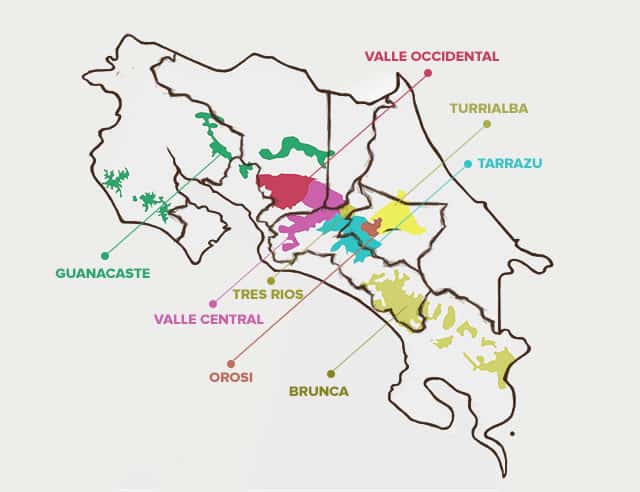
There are 8 major growing regions for coffee in Costa Rica, let’s take a quick trip to each of them…
West Valley: The dry and wet seasons are distinct from one another in this region. Flavor profiles have been described by Cafe Britt as peachy, honey, and with hints of vanilla. The climate isn’t too extreme at any point in the year.
Orosi: The coffee from this region has a more balanced profile, it’s like what we mentioned earlier when we mentioned that some people criticize that the coffee from C.R. is too balanced or plain, but some people love it, it’s a preference thing. The climate here is more on the humid side.
Guanacaste: This region is noted for its vast mountain terrain. It produces smooth coffee beans. The flavor has been described as having salty notes, with a light acidity and bitterness.
Tarrazú: This is the most desirable region. Beans from here make some of the most expensive cups of coffee at Starbucks, for example. Flavors include dried fruit, vanilla, orange, and chocolate.
Brunca: The climate in this region is tropical and humid. The flavor profiles you’ll find in Brunca have notes of citrus.
Turrialba: The active volcano here produces very fertile soils that grow relatively mild tasting and smelling beans, with very minor acidity. ‘Delicate’ would be a good way to describe it.
Tres Ríos: The soil here is also very fertile due to a volcano. Again, it offers light, balanced, and mild coffee beans.
Central Valley: The beans from this region are aided by distinct dry and rainy times of year. They have been described as balanced, and the flavor profile is on the chocolatey side, with unique fruit flavors.
Environmental Concerns
The way the beans are processed leads to a lot of water becoming contaminated with the byproducts from the beans. The water, filled with pulp, was often dumped into rivers which eliminated oxygen from the water and ultimately caused aquatic life to die. In the mid ‘90s, laws were passed in an attempt to cut down on this practice, which was having a massively negative impact.
Deforestation is another huge concern, as many forests have been cut down in order to grow coffee and other crops instead.
